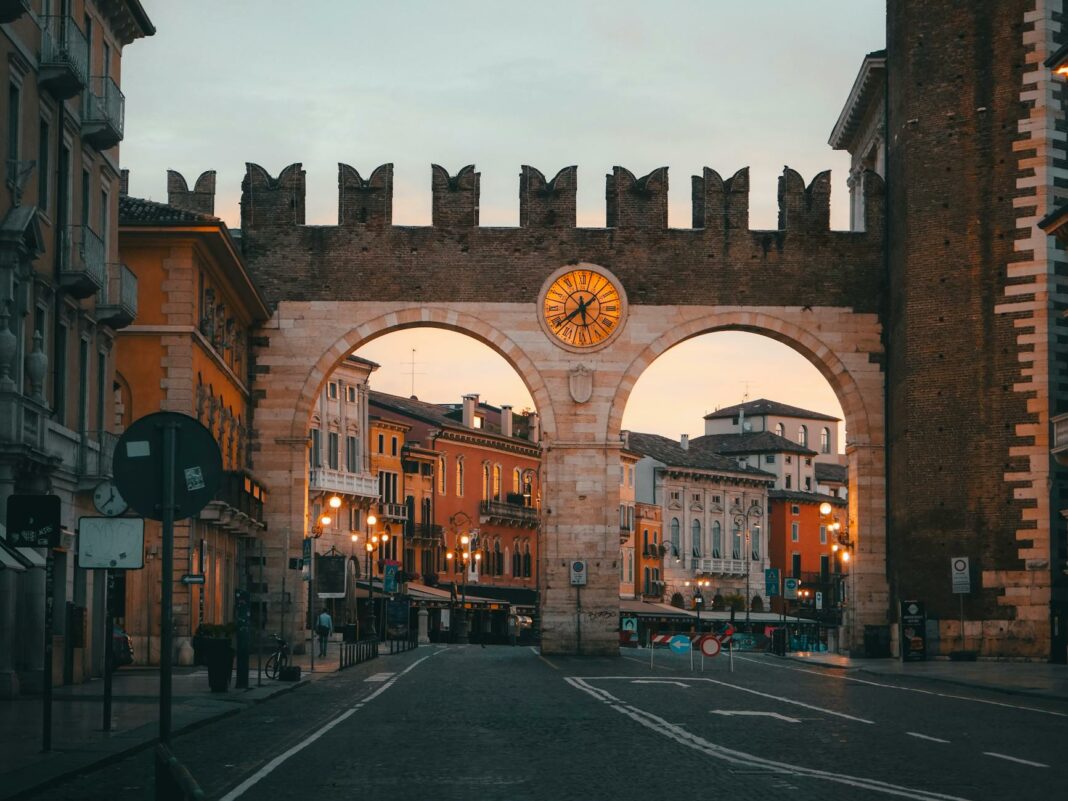Picture this: a postcard-perfect vacation in a beautiful destination, the sun shining brightly, and culture radiating from every street corner. It’s a dream scenario for many. However, as travelers flock to these enchanting locales, there lies an unspoken truth—our wanderlust may inadvertently be wreaking havoc on the authentic cultural fabric of these places. From thriving local markets to age-old traditions, our presence can disrupt the very essence that draws us there in the first place. In this blog post, we will delve into how our tourist activities can impact cultural heritage and explore sustainable alternatives that allow us to enjoy the beauty of different cultures without leaving destruction in our wake.
As we embark on this journey of discovery, it’s essential to recognize that our actions as tourists have weight, influencing the course of cultural preservation in destinations around the globe. Embracing a more mindful approach to travel not only enhances our experiences but also supports the communities we visit. Join us as we navigate through the complexities of tourism and cultural heritage, unveiling a path toward more responsible and enriching travel.
Table of Contents
- The Impact of Mass Tourism
- Cultural Commodification
- The Role of Local Communities
- Sustainable Travel Solutions
- Embracing Cultural Authenticity
- Looking to the Future
The Impact of Mass Tourism
Mass tourism serves as a double-edged sword, offering economic opportunities while simultaneously endangering cultural heritage. Countries worldwide strive to boost tourism, considering it a crucial pillar of economic development closely linked to job creation. However, the sheer volume of visitors can overwhelm local resources and disrupt daily life. Traditional practices often get sidelined as locals adapt to cater to tourist expectations, thus altering the authentic experience that once made the destination special. Over time, this pressure can transform vibrant communities into mere backdrops for photographs.
Moreover, local habitats often bear the brunt of these transformations. Ecological balance becomes fragile as land is repurposed to accommodate facilities, like hotels and attractions. The natural scenery, which forms an integral part of many cultures, suffers when overexploitation takes place. Understanding this phenomenon and advocating for responsible tourism is crucial, ensuring cultural customs remain intact while allowing for local economies to thrive.
Cultural Commodification
When we talk about cultural commodification, it refers to the process of transforming unique traditions, rituals, and practices into items for sale, often stripping them of their profound meanings. For example, consider how traditional attire is often donned by performers solely for the tourist gaze, leaving the intricate stories behind these garments lost amidst the flurry of photos. While it may appear harmless, this practice often perpetuates a cycle in which local art and traditions are packaged and sold as souvenirs, diluting their cultural significance.
The repercussions of cultural commodification extend far beyond the surface. Globalization has intensified this issue, as intersecting cultures create a homogenized experience, making it increasingly challenging for specific communities to maintain their identities. The challenge lies not in our desire to experience new cultures but in doing so in a manner that elevates rather than diminishes their significance. Supporting local artists and respecting their practices can create a more authentic and enriching engagement, fostering mutual respect.
The Role of Local Communities
Local communities play a pivotal role in preserving cultural heritage and creating a balanced tourism ecosystem. Often, they are the ones bearing the brunt of over-tourism, closely observing how their surroundings change in response to external influence. Empowering local voices ensures that tourism development aligns with cultural preservation. Initiatives that include community ownership of tourism processes deserve our attention, as they serve as powerful models for protecting local heritage.
Additionally, encouraging community-led tours and workshops can deepen connections between travelers and locals. By immersing ourselves in experiences crafted by the community, we create a two-way relationship that ennobles their rich traditions while sharing our appreciation. Such initiatives cultivate understanding and respect, making cultural exchange more meaningful while placing locals at the forefront, thus honoring their contributions.
Sustainable Travel Solutions
Adopting sustainable travel practices is key to guarding against the unintentional destruction of cultural heritage. Making conscious decisions about where and how we travel can significantly influence the tourism landscape. Opting for eco-friendly accommodations, participating in conservation programs, and respecting local customs are just a few easy yet impactful actions we can incorporate. From choosing local transport methods to prioritizing artisanal products, small changes can lead to more profound benefits.
The concept of slow travel also aligns beautifully here, inviting travelers to savor experiences rather than rush from one destination to another. By spending more time in each location, we can develop a deeper understanding of the cultures we engage with. Slow travel not only allows us to foster meaningful connections but also nurtures the local economy in an authentic manner, encouraging preservation efforts and a sustainable approach to tourism.
Embracing Cultural Authenticity
In a world where instant gratification often reigns, embracing cultural authenticity becomes more crucial than ever. It involves seeking genuine experiences and immersing ourselves in local life rather than merely scratching the surface. Engaging with locals, sampling traditional cuisine, and participating in cultural events provide opportunities to appreciate their heritage firsthand. Delving into the stories and struggles behind local customs fosters a greater appreciation for their significance.
Development organizations often work tirelessly to maintain cultural authenticity in various communities by supporting local initiatives and ensuring that cultural practices receive the attention they deserve. By choosing to travel responsibly with intent, we can contribute to these efforts and respect the authenticity of various cultures. It’s all about showing curiosity and willingness to learn rather than commodifying everything we encounter on our journeys.
Looking to the Future
As we look to the future, the responsibility falls on all of us to take a stand and promote sustainable tourism. Awareness is one of the essential steps in preserving cultural heritage for future generations. By understanding how our travel choices impact local communities, we can pave the way for responsible practices that honor cultural significance rather than overshadow it. In this era of globalization, solidarity among travelers and communities becomes vital, providing a foundation for preserving cultural diversity across the world.
Taking action doesn’t have to be overwhelming. Simple steps can lead to meaningful change. By sharing our experiences, encouraging dialogue about cultural preservation and supporting local initiatives, we paint a brighter picture for future travelers and the communities we visit. Together, we can transform our dream vacations into opportunities for cultural appreciation and respect, ensuring those enchanting places retain their allure and richness for generations to come.
Final Thoughts
The allure of travel lies not only in discovering new landscapes but also in connecting with diverse cultures. It is crucial to strike a balance that embraces exploration and the preservation of cherished cultural practices. By being conscious of our actions and choices as travelers, we contribute to the longevity of the beautiful traditions that make our favorite destinations so unique. Through sustainable practices and genuine engagement, our journeys can embody adventure while respecting the past.
FAQ Section
- What is cultural heritage? Cultural heritage encompasses the traditions, values, and artifacts that characterize a community, reflecting their unique identities and histories.
- How does tourism impact cultural heritage? Tourism can impact cultural heritage by leading to over-commercialization, disruption of local practices, and environmental degradation if not managed responsibly.
- What are sustainable travel practices? Sustainable travel practices involve making eco-friendly choices, supporting local communities, and respecting cultural customs to minimize negative impacts on destinations.
- Why is cultural authenticity important for travelers? Cultural authenticity enriches travel experiences and promotes understanding and respect for diverse cultures, ensuring that traditions are preserved.
- How can I support local communities when traveling? Supporting local businesses, participating in community-led initiatives, and fostering genuine connections with locals are effective ways to contribute positively to their economies.
Image Credit: Pexels





